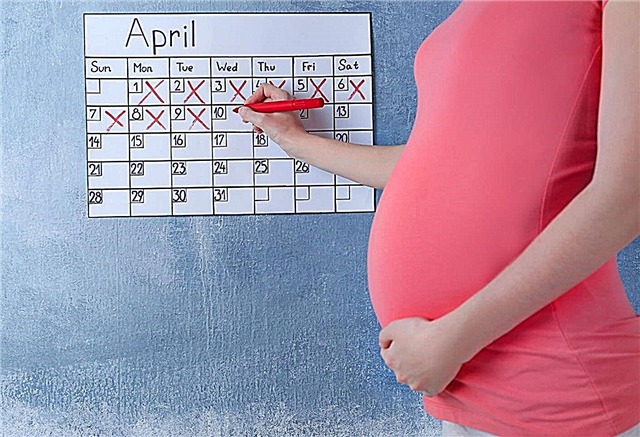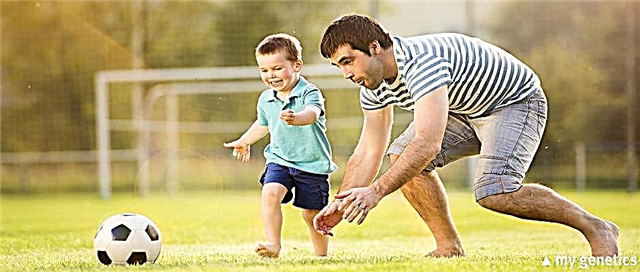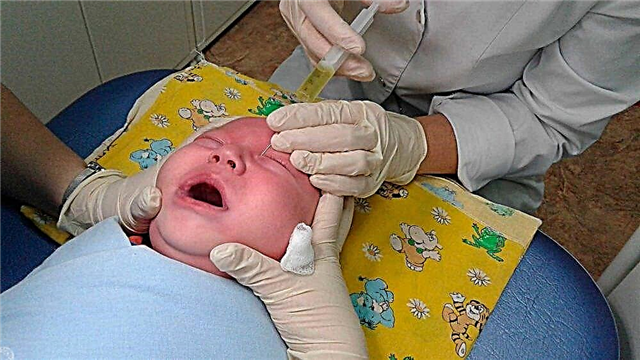After childbirth, breastfeeding is simple and does not require special skills - hygiene, massage, proper attachment of the baby to the breast, a comfortable bra - these measures will help you avoid trouble with the breast during the nursing period. Let's talk about them in more detail.

Latch your baby correctly to your breast
In the first days, a newborn baby still does not really know how to even suck (the sucking reflex is poorly developed in the first days), and even more so he does not know how to take mother's breast correctly. Your goal is to help your baby. It is easier to immediately teach a child to correctly breastfeed than to retrain later. This will help prevent many breast problems. Try to put the nipple in the baby's mouth at an upward slope during the first feeding so that it reaches the baby's palate. The baby's mouth should also capture the areola. In this position, the delicate skin of the nipple will not be injured when feeding.

Of course, even with proper attachment to the breast, cracks may appear on the nipples, because the skin of the nipples is very delicate. If a woman did not prepare them before childbirth for future feeding, then frequent attachment will inevitably lead to injuries to the nipples.
Breast care for cracked nipples
Are there any cracks on the nipple? Do not be alarmed, everything is fixable.
- Carefully wash your breasts after each feeding with warm water (do not use soap or other detergents), dry with a soft towel and lubricate with a special cream (cream helps Bepanten). You can wash the cracks with your milk, it has the properties of destroying bacteria.
- After feeding, use an air bath for the breast. Their benefits are enormous, they allow the skin to rest, "breathe". The duration of the procedure is 10 - 20 minutes.
- Are the nipples severely sore, is the pain when feeding difficult to endure? Use the special silicone nipple covers. They are soft and the baby suckles without difficulty. It is important to choose the right size. It should fit the size of your nipple. Otherwise, the baby will refuse to take the breast with the pad.
We read about breast problems:
About nipple cracks, how to feed with cracks, how to treat them, prevention
Breast disease - mastitis (symptoms, treatment)
An article about symptoms and treatment with alternative methods of lactostasis at this link
We recommend watching a video about the problems with breastfeeding:
Hygiene of the mammary glands
After giving birth, a woman's breasts swell greatly from the rush of milk. They need support. It is important to choose a quality bra. It should be comfortable, elastic, made of natural fabric, without pits, with wide straps. Such a bra will help to avoid stretch marks, protect the breasts from injuries, provide optimal blood circulation, milk flow, and relieve unnecessary stress on the spine. It is advisable to have several bras (at least two) in order to change them daily. If milk flows out of the breasts, you can put special liners in the bra cups or make them yourself from a sterile bandage laid in 8-10 layers.
To improve blood circulation in the mammary glands, to avoid stretch marks, daily breast massage and taking a contrast shower will help. Massage your breasts with water jets in a clockwise direction with warm and cool water alternately. After showering, wipe your breasts with a towel from nipple to armpit. Wear supportive tops at night.
To keep your breasts in shape, do breast strengthening exercises. Here are some exercises. Repeat each at least 20 times.
- Close your hands in front of your chest, palms together, as in supplication. Squeeze your palms firmly for a few seconds, then loosen.
- Stand up straight with your hands on your belt. Rising on toes, pull your elbows back as far as possible.
- Take an expander or a tight, wide elastic band about 50 cm long. Raise your arms above your head, stretch the elastic band, hold it taut for ten seconds.
- Push-ups (from the floor or chair) also help strengthen the muscles that support the chest.
What to do if the chest is very swollen and painful?
[sc: ads]
On the third - fourth day after childbirth, milk "comes" into the mammary glands. To avoid sudden rushes of milk and severe swelling of the breast, limit drinking and liquid food during this time. A lot of milk came, the breasts are hard, do they hurt? Feed your baby often (as needed). The baby will suck off the excess milk. You can gently stretch your breasts with your hands and pump out excess milk until the breasts feel soft. Is it difficult to do it yourself? Ask a husband or relative to help you pump.
- How to express with your hands
- How to express with a breast pump (how to choose a breast pump)
Can't soften your breasts? Refer to folk remedies. A honey cake placed on the chest will help (take a tablespoon of flour, honey and water), a compress of sour cottage cheese, softened cabbage leaves. Apply a compress or a lozenge only to the glandular area, leaving the nipple open. Be sure to consult your doctor.
Recently, it has been recognized that the breast of a woman who has fed a baby has a more beautiful shape than that of a woman who has not. Take care of your chest, take care of it, do not be lazy to do gymnastics every day to strengthen it. This will help your breasts quickly regain their strength and elasticity after breastfeeding.
[sc: rsa]
Read more
- Tips for a nursing mother (about proper breastfeeding. Useful tips, + a lot of videos)
- Video gallery on the topic GV




